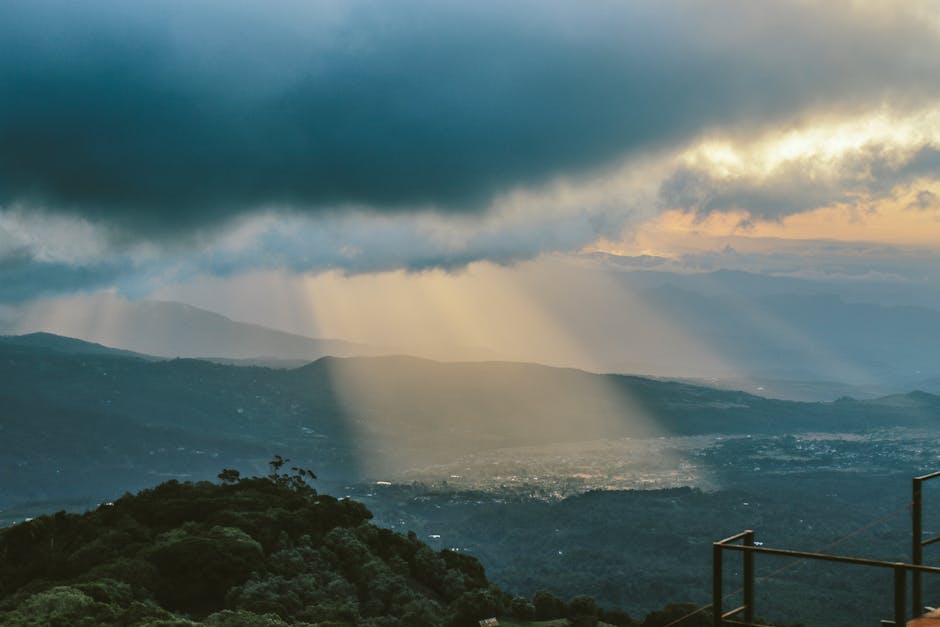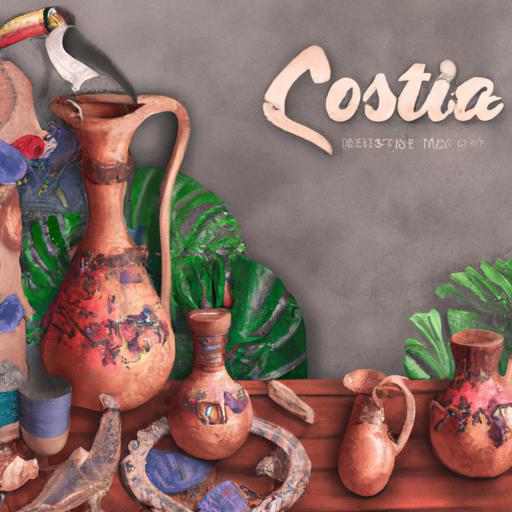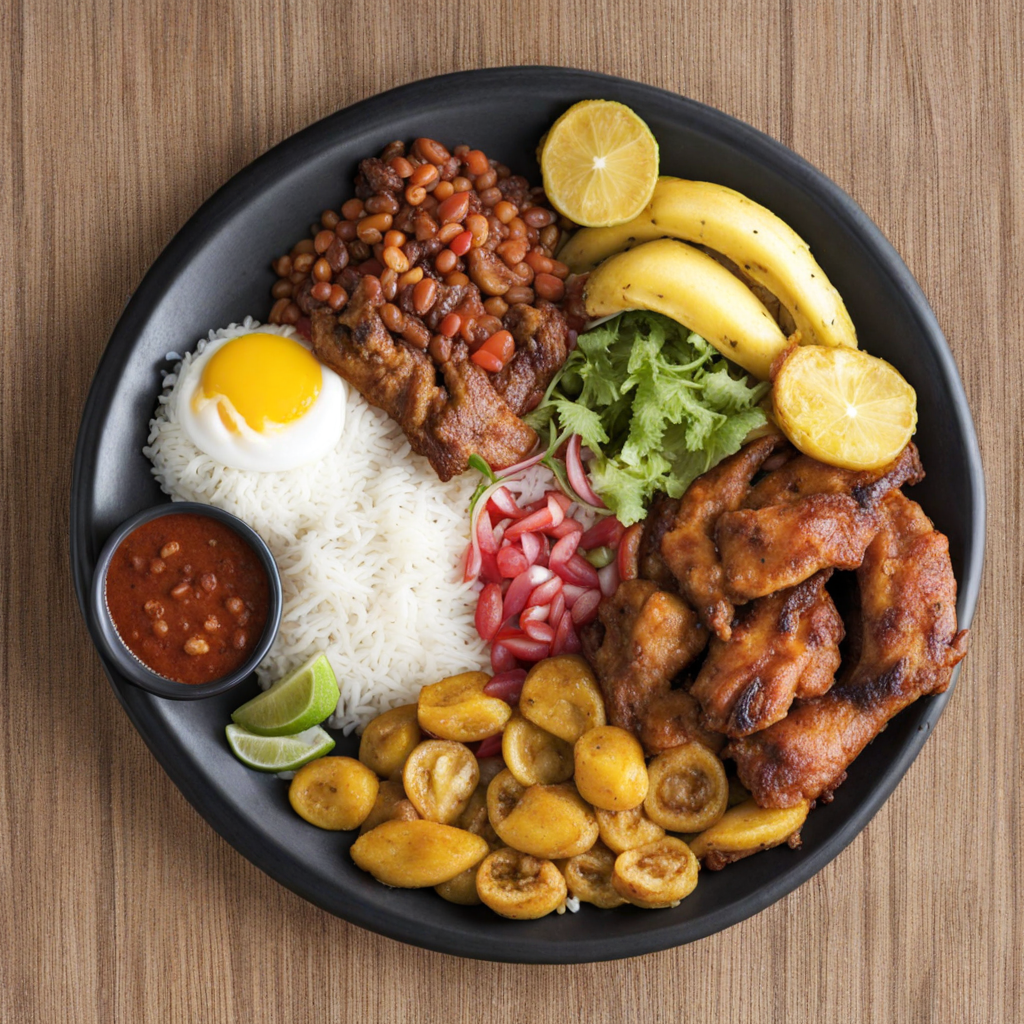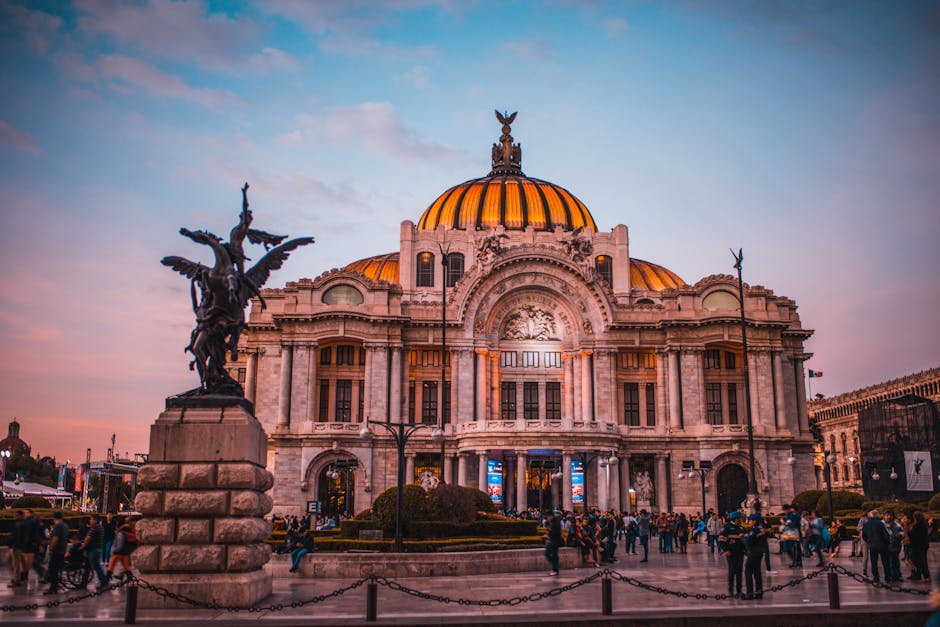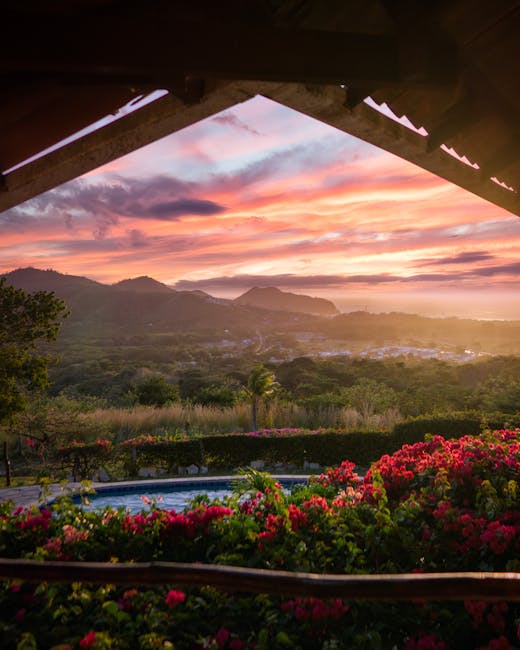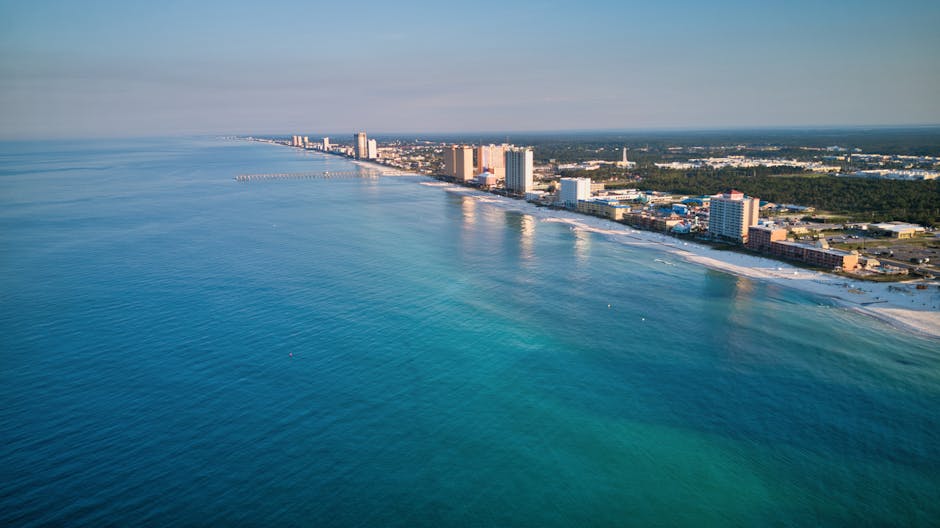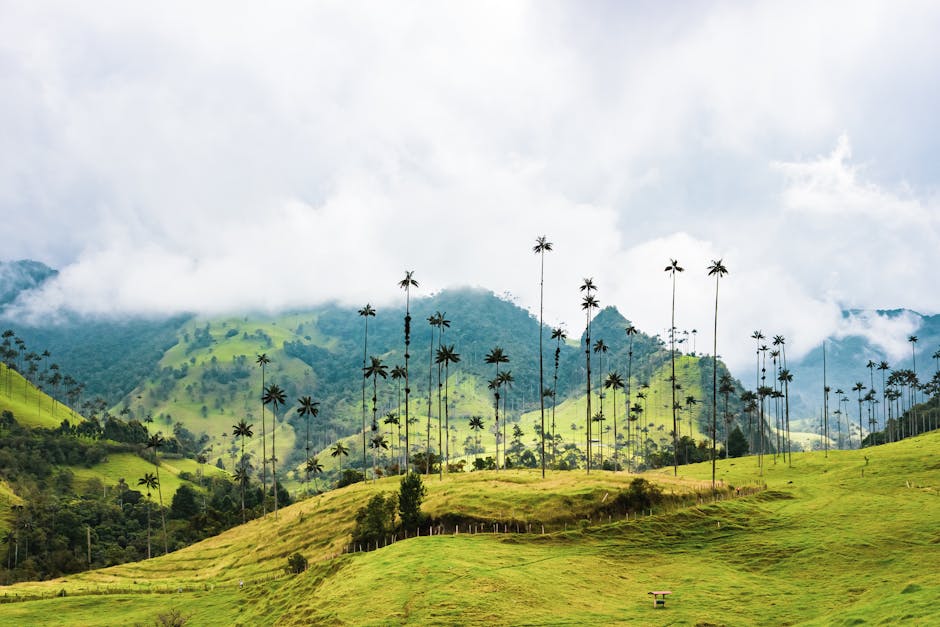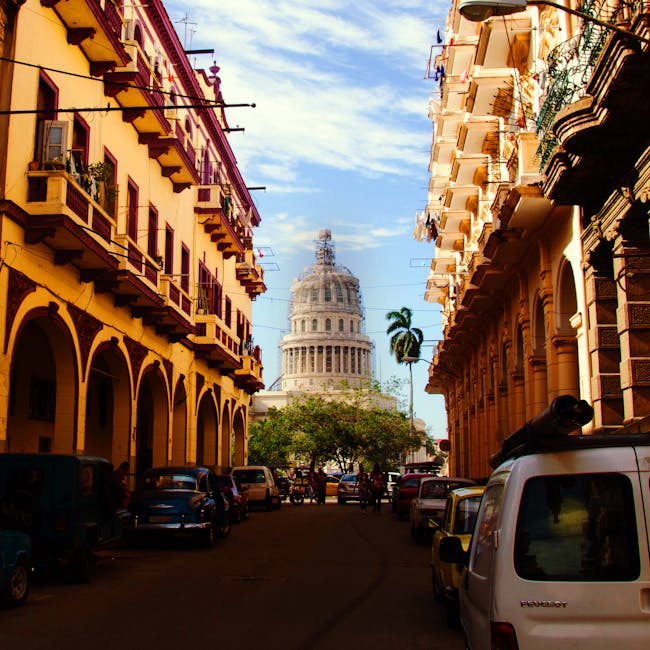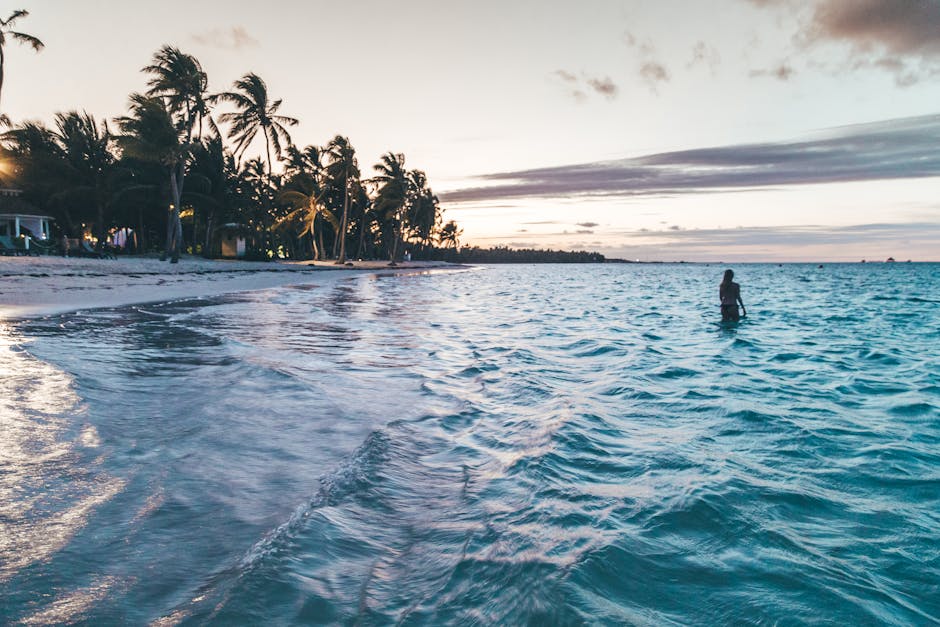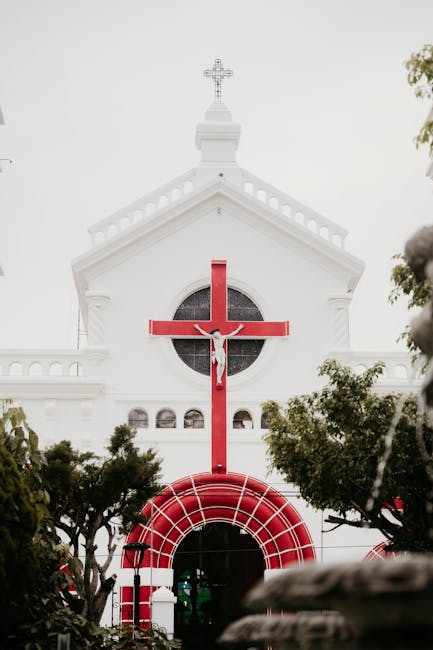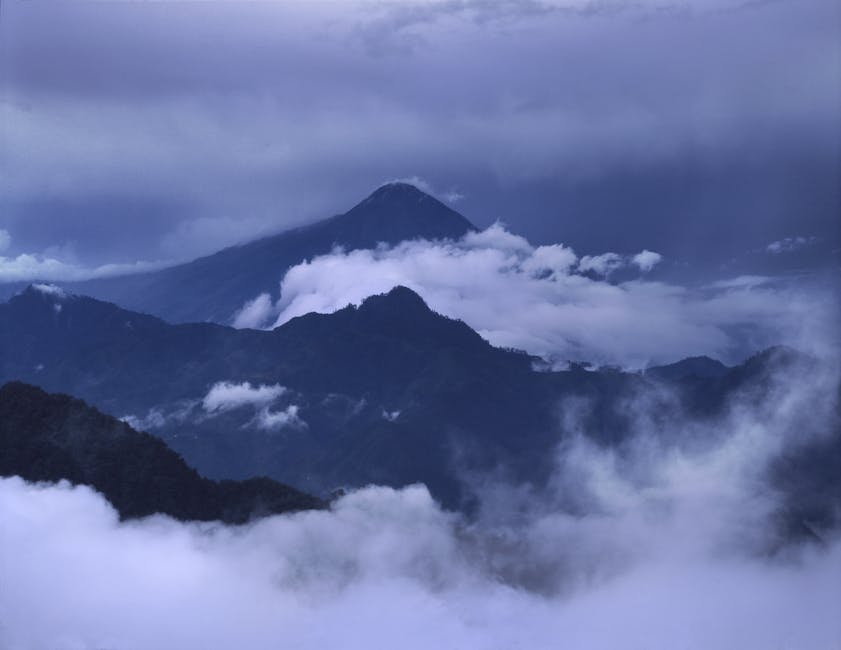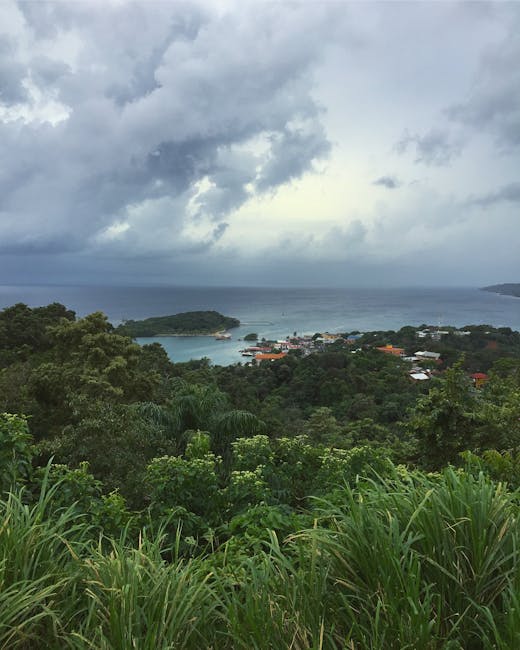Costa Rica
Overview
Costa Rica: A Teen-Friendly Paradise
Costa Rica, a Central American country known for its stunning natural beauty, is a paradise not just for adults but also for teenagers. This vibrant country, surrounded by the Pacific Ocean and the Caribbean Sea, is renowned for its diverse wildlife, scenic landscapes, and a rich blend of cultures. Costa Rican culture is a melting pot of influences, ranging from Spanish colonial to indigenous traditions. The country's motto, "Pura Vida" (Pure Life), aptly sums up the laid-back, enjoy-life-to-the-fullest attitude that pervades the country. Costa Rica's uniqueness lies in its commitment to conservation and sustainability, making it one of the most eco-friendly destinations on the planet.
Activities During High Season
The high season for tourism in Costa Rica is during the dry season, which runs from mid-December to April. The weather during this time is just perfect, with plenty of sunshine and blue skies. Teenagers visiting during these months can indulge in a variety of activities such as zip-lining through the cloud forests, surfing on the Pacific coast, wildlife spotting in national parks, or soaking in the thermal hot springs near Arenal Volcano. For those interested in culture and history, a visit to the capital city, San José, offers museums, historic buildings, and bustling markets.
Travel Tips
Before visiting Costa Rica, travelers should ensure they are up to date on routine vaccines, including measles-mumps-rubella (MMR), diphtheria-tetanus-pertussis, varicella (chickenpox), polio, and flu. The CDC also recommends vaccines for Hepatitis A and Typhoid. English is widely spoken, especially in tourist areas, but learning a few basic phrases in Spanish could enhance your experience. It's also recommended to pack lightweight, breathable clothing, a good pair of hiking shoes, a reusable water bottle, and eco-friendly sunblock and bug spray. Remember, Costa Rica is a cash-based society, so it's handy to have some local currency, known as colones, although US dollars are widely accepted.
A Glimpse into the Past
Costa Rica's history is a vibrant tapestry woven from indigenous cultures, colonial influences, and the pursuit of democracy. The story begins long before European contact, with the land inhabited by various indigenous groups, including the Chibchan and Misquito tribes. These communities thrived in the lush landscapes, developing rich traditions and complex societies.
With the arrival of Spanish explorers in the early 16th century, led by Christopher Columbus in 1502, the indigenous way of life began to change dramatically. The Spanish established settlements, most notably in Cartago, which became the first capital of Costa Rica in 1563. The colonization process was slow due to the country's rugged terrain and limited resources, leading to a sparsely populated territory that was often neglected by the colonial government.
In the 19th century, Costa Rica began to emerge as a distinct entity. The country's economy was primarily based on agriculture, particularly coffee and bananas, which became significant exports. The construction of the Interoceanic Railway in the 19th century boosted the economy and connected Costa Rica to global markets. This led to an influx of foreign investment and immigration, particularly from countries like the United States, which played a crucial role in the development of the banana industry.
The political landscape of Costa Rica was shaped by a series of conflicts and reforms. The Liberation Army, led by José María Castro Madriz, fought for the rights of the people against the conservative elite. By the late 19th century, Costa Rica had begun to establish a reputation for its progressive policies, notably the abolition of the military in 1949 under President José Figueres Ferrer. This marked a significant turning point in the nation's history, as it allowed for greater investment in education and healthcare, leading to a more educated and healthier population.
The coffee boom in the late 19th and early 20th centuries transformed the country, fostering a burgeoning middle class. This economic prosperity led to increased political participation and the eventual establishment of a democratic government. The Constitution of 1949 solidified these democratic principles, promoting civil rights and social justice, making Costa Rica a model for stability and peace in a region often marred by conflict.
As you travel through Costa Rica, you can explore the remnants of its colonial past in cities like San José, the current capital, which is home to beautiful architecture such as the National Theatre and the Metropolitan Cathedral. The Pre-Columbian Gold Museum offers insight into the rich traditions and craftsmanship of the indigenous peoples who once inhabited the region.
Nature lovers will find that Costa Rica's history is inextricably linked to its rich biodiversity. The government has prioritized conservation since the mid-20th century, establishing a vast network of national parks and reserves. Corcovado National Park, located on the Osa Peninsula, is often cited as one of the most biologically intense places on Earth, showcasing Costa Rica's commitment to preserving its natural heritage.
The country's dedication to environmental sustainability is reflected in its ecotourism initiatives, which draw travelers to its stunning landscapes. Monteverde Cloud Forest Reserve is a prime example, where visitors can hike through mist-shrouded forests and witness a spectacular array of flora and fauna, including the elusive resplendent quetzal.
Further exploration reveals the Arenal Volcano, a stunning natural landmark that has shaped both the landscape and the culture of the region. The nearby town of La Fortuna has become a hub for adventure seekers, offering activities such as hiking, zip-lining, and relaxing in natural hot springs formed by the volcanic activity.
For those interested in cultural experiences, the Nicoya Peninsula showcases the traditional way of life in Costa Rica, where you can immerse yourself in the local customs and enjoy the beautiful beaches. The region is also known for the Pura Vida lifestyle, a phrase that embodies the relaxed and optimistic outlook of Costa Ricans.
The Caribbean side of Costa Rica, particularly around Puerto Viejo, offers a different cultural experience, influenced by Afro-Caribbean heritage. The vibrant music, unique cuisine, and beautiful beaches make this area a delightful contrast to the Pacific coast. Cahuita National Park provides an opportunity to explore coral reefs and lush tropical forests teeming with wildlife.
Costa Rica's commitment to education and social welfare has resulted in a high standard of living and a strong focus on health care. This is evident in the country's educational institutions, where students from all backgrounds have access to quality education, fostering a culture of innovation and progress.
As you journey through Costa Rica, you will also encounter the remnants of its historical struggles and triumphs. The Museo Nacional de Costa Rica in San José chronicles the nation’s history, from its indigenous roots to contemporary achievements. Here, you can learn about the civil wars and social movements that have shaped the country, including the 1955 Costa Rican Civil War, which ultimately led to the establishment of a more equitable society.
Costa Rica's history is also marked by its role in international diplomacy. The country has been a strong advocate for peace and disarmament, often serving as a host for negotiations and conferences. The University for Peace, established by the United Nations, is located near San José and symbolizes Costa Rica's commitment to fostering a culture of peace and cooperation.
Traveling through Costa Rica offers a unique opportunity to witness the intertwining of history, culture, and nature. The country's dedication to preserving its heritage and environment makes it a remarkable destination for those seeking adventure, relaxation, and a deeper understanding of its past.
In conclusion, Costa Rica's rich history is a testament to its resilience and commitment to progress. From its indigenous roots to its status as a beacon of democracy and environmental stewardship, the country invites travelers to explore its diverse landscapes and vibrant culture, making it a must-visit destination in Central America.
Top cities for tourists in Costa Rica
Discover the Famous Cities That Might Captivate Your Interests
Must-Try Foods You Can't Afford to Miss
Indulge in a Variety of Fantastic Foods During Your Stay in Costa Rica
May Be Your Next Destinations
People often choose these countries as their next destination



